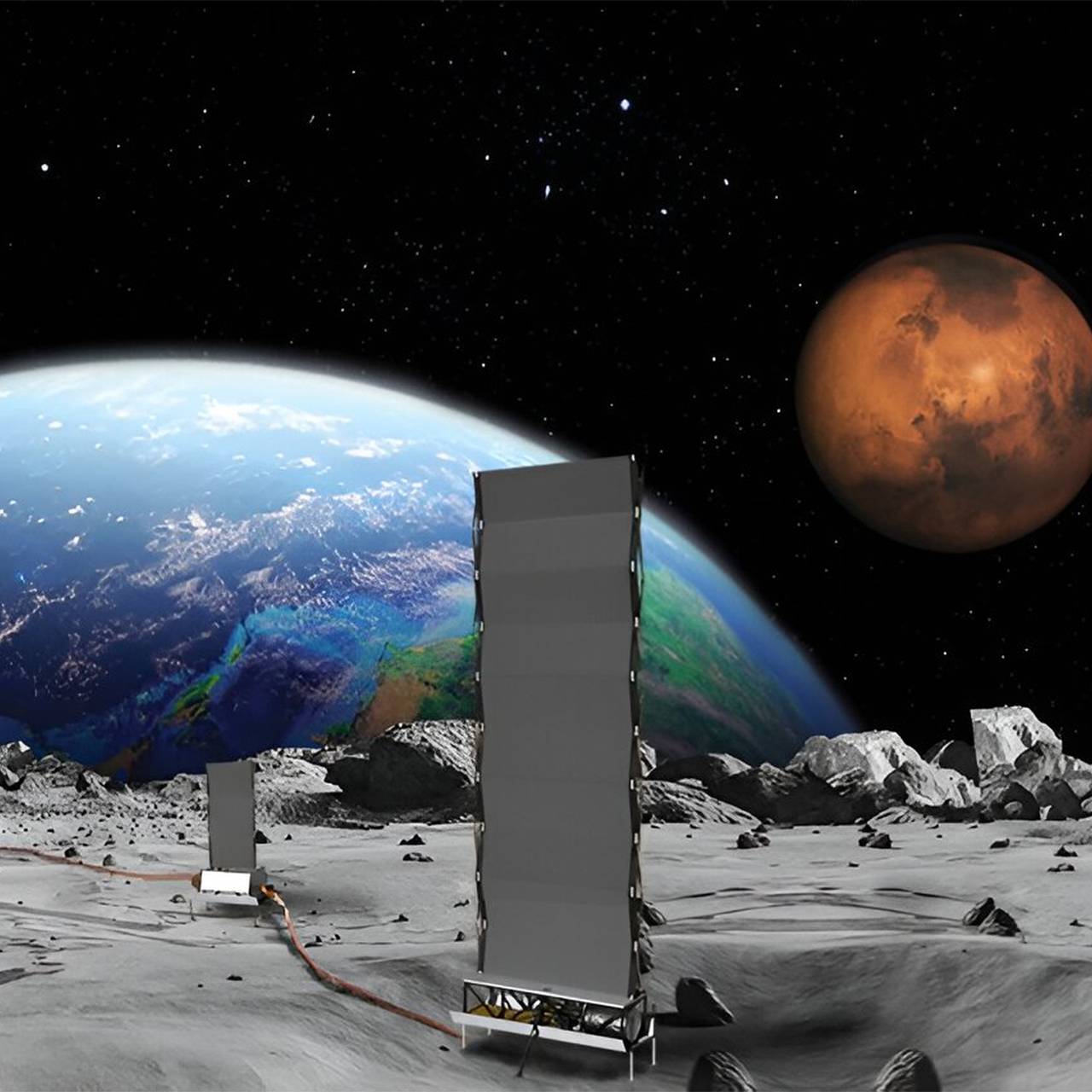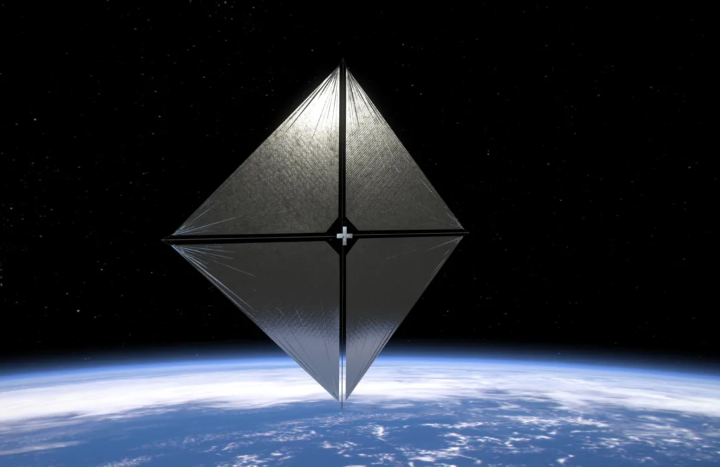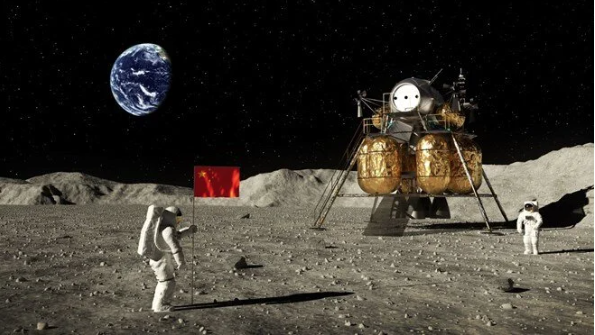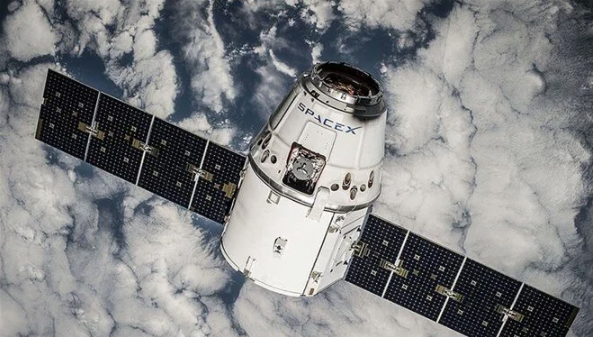What’s the most crucial element required for living and working on the Moon? Power. In NASA’s upcoming Artemis program, the provision of power to lunar bases stands as a paramount objective.
That’s precisely why the agency initiated its Fission Surface Power Project. The objective is to conceptualize a small nuclear fission reactor capable of generating electricity on the lunar surface.
The project recently concluded its initial phase (commencing in 2022), which entailed awarding three $5 million contracts to commercial partners for the development of fission reactor designs. Lockheed Martin in Bethesda, MD, Westinghouse of Cranberry, PA, and IX of Houston, TX were each selected by NASA for a 12-month Phase 1 award to advance preliminary designs.
Each partner was tasked with presenting a reactor design along with systems for power conversion, heat rejection, and power management and distribution.
Naturally, the partners had to provide cost estimates for their systems and development plans. The overarching goal was to devise a system capable of sustaining lunar bases for a decade, while also serving as a blueprint for similar systems on Mars.
Power systems are pivotal in determining mission success or failure, particularly for ventures to the Moon and Mars where they could be the difference between life and death. Nuclear power emerges as the most viable option to meet long-term power requirements.
“A demonstration of a nuclear power source on the Moon is required to show that it is a safe, clean, reliable option,” remarked Trudy Kortes, program director of Technology Demonstration Missions within NASA’s Space Technology Mission Directorate at NASA Headquarters in Washington.
“The lunar night is challenging from a technical perspective, so having a source of power such as this nuclear reactor, which operates independent of the Sun, is an enabling option for long-term exploration and science efforts on the Moon.”
Why Fission Reactors?
Living and working on the Moon poses numerous challenges. Safe, clean power is essential to mitigate many of the risks faced by lunar explorers. While solar power offers a dependable energy source, it’s unavailable during the lunar night, which spans roughly 14 Earth days. This necessitates an alternative power source, making fission reactors invaluable.
NASA and other agencies could strategically place nuclear reactors in areas experiencing partial or complete shadow, often coinciding with locations harboring ice reservoirs.
The advantage of nuclear reactors lies in their ability to operate continuously, irrespective of sunlight availability, addressing the power needs during the prolonged lunar night.
It’s important to note that NASA isn’t advocating for the sole use of nuclear fission generators on the Moon. A blend of solar and nuclear installations is likely to fulfill the electricity requirements of habitats and scientific laboratories.
Reactor Specifications for Lunar and Interplanetary Use
In its call for further refinement of designs, NASA sought reactor plans capable of autonomous operation for at least a decade, minimizing risks of accidental radiation exposure and allowing lunar explorers to focus on primary scientific and exploratory tasks.
The reactor design specifications stipulate a weight of under six metric tons and a power output of 40 kilowatts. This is sufficient to demonstrate system capabilities and provide power for habitats, grids, and scientific experiments. To put it into perspective, the same reactor deployed in a typical neighborhood on Earth could power 33 homes.
The agency designed the requirements to be adaptable, encouraging companies to explore innovative approaches in their submissions.
“There was a healthy variety of approaches; they were all very unique from each other,” noted Lindsay Kaldon, Fission Surface Power project manager at NASA’s Glenn Research Center in Cleveland.
“We didn’t impose stringent requirements deliberately because we wanted them to think outside the box.”
With feedback from commercial partners in hand, NASA is now preparing for a Phase 2 solicitation in 2025. Subsequently, the agency anticipates the delivery of a lunar deployment-ready system in the early 2030s. Looking further ahead, after these systems undergo their “baptism by fire” on the Moon, NASA is likely to develop a nuclear fission reactor specifically tailored for use on Mars.
This article was originally published by Universe Today. Read the original article.





